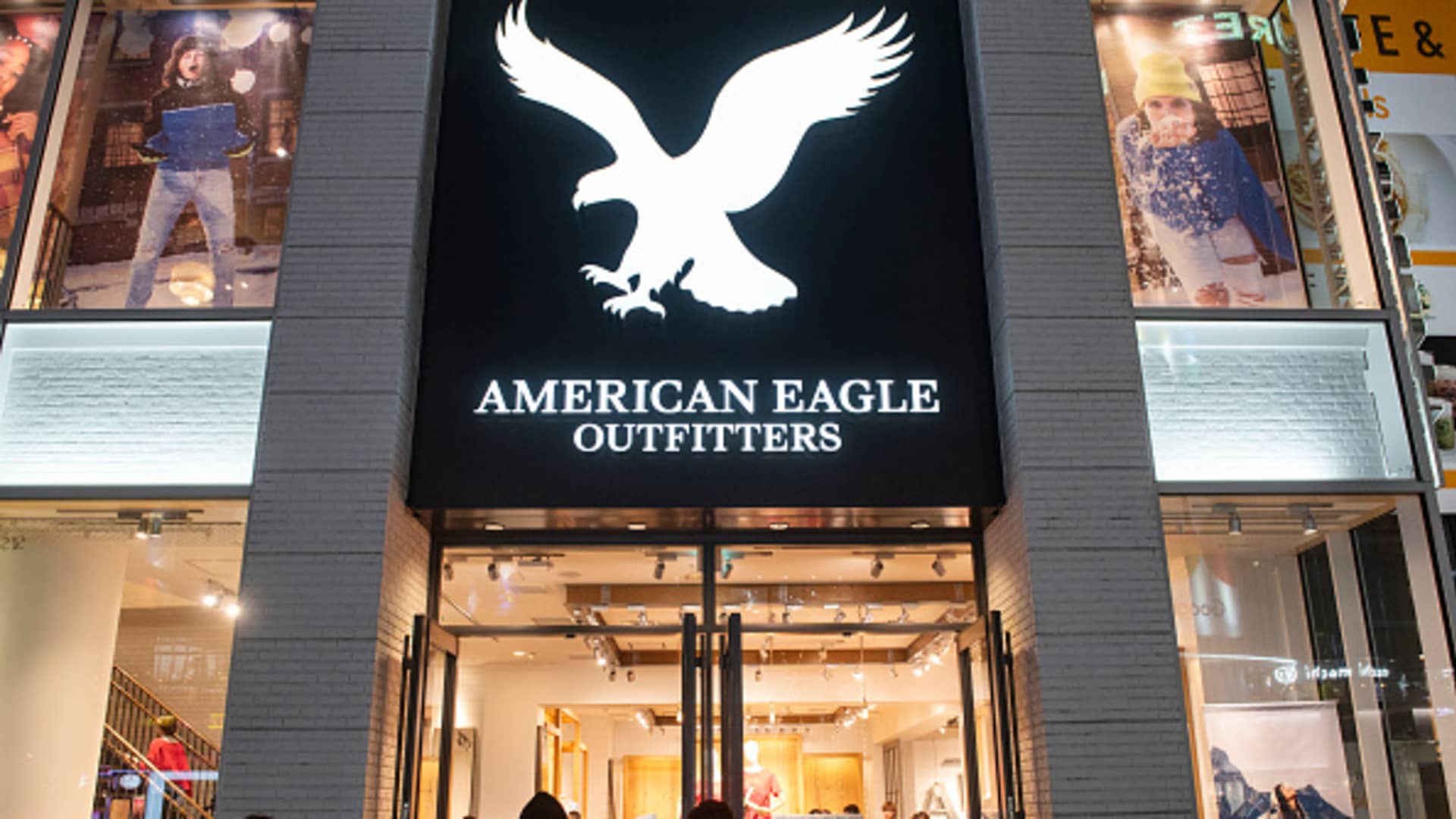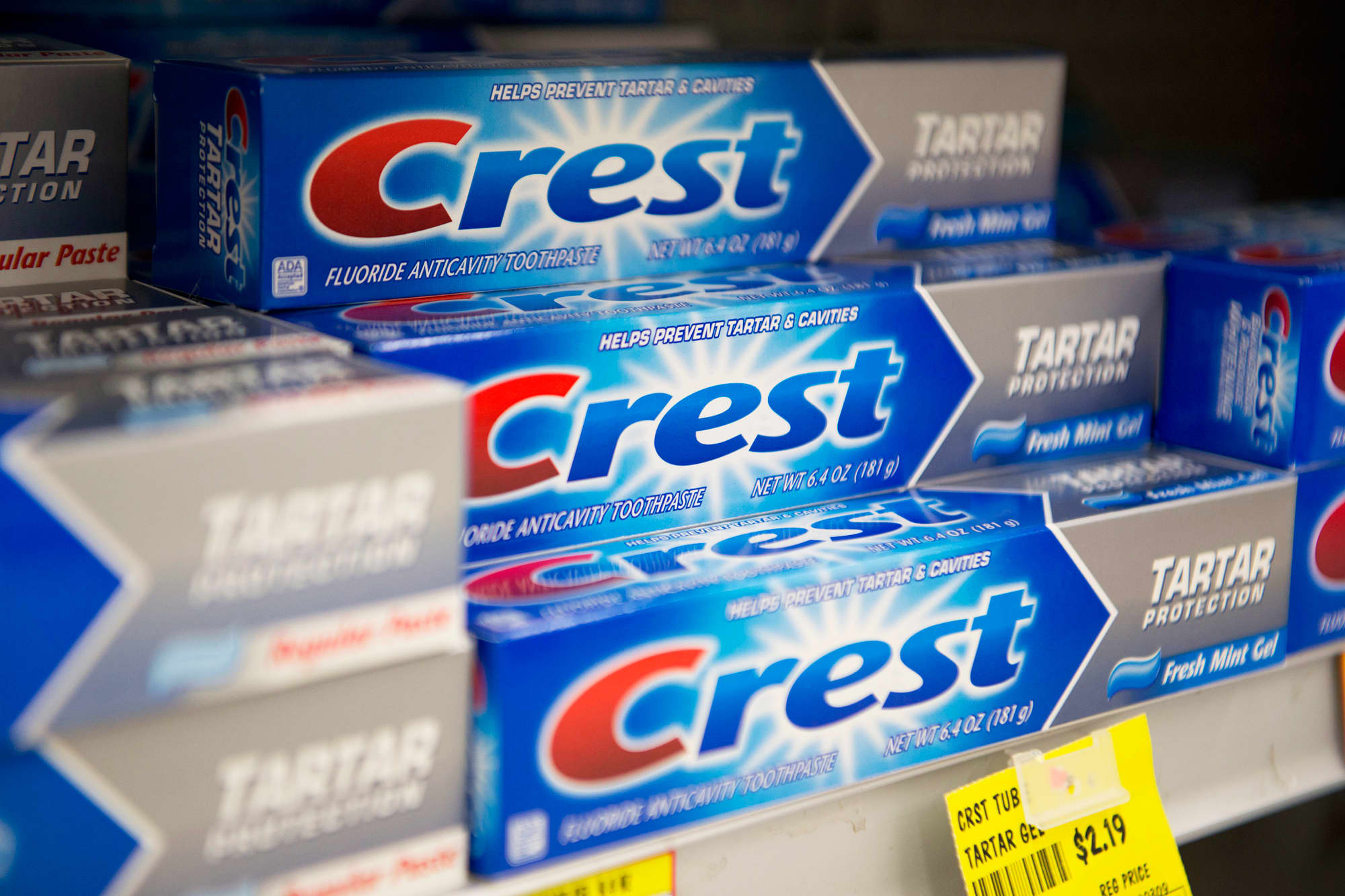American Eagle this week joined the list of clothing retailers reporting bleak earnings as the industry works to figure out the type of items people want coming out of the pandemic, while also facing softening demand as inflation squeezes budgets.
To clear products off shelves in the meantime, retailers including Macy’s and Nordstrom have turned to markdowns that are cutting into profits.
related investing news
“The retail environment’s not pretty,” Jeffries analyst Corey Tarlowe told CNBC. “Inventories have been elevated. There’s billions of dollars of excess apparel inventory that’s floating out around there right now, and that’s a problem.”
On Wednesday, American Eagle said it was suspending its dividend after comparable sales in the latest quarter fell 6% from a year ago. Chief Operating Officer Mike Mathias pointed to a “slowdown in demand” caused by the macroeconomic environment. Jen Foyle, the company’s chief merchandising officer, said American Eagle’s priorities are “adjusting our assortments and rightsizing inventory.”
The need for markdowns to move inventory hurt American Eagle’s bottom line, with the company posting earnings of 4 cents per share for the quarter ending July 30. That fell short of the 13 cents per share expected by analysts.
On Thursday, Nordstrom Chief Financial Officer Anne Bramman also said at the Goldman Sachs Global Retailing Conference that discounts have been “a lot deeper” than the company had expected and that it could “take a couple quarters” to properly readjust. The department store operator in August had reported stronger sales for its second quarter, but slashed its financial forecast for the year citing a glut of inventory and slowing demand later in the quarter.
Rival Macy’s also last month slashed its revenue and earnings forecast for the year, with Chief Financial Officer Adrian Mitchell noting “weakening apparel sales over the quarter as the consumer faces higher costs on essential goods, particularly grocery. At Thursday’s Goldman conference, Mitchell said that the company has “taken the markdowns necessary” to help clear inventory.
Other retailers including Wal-Mart, Target, Gap and Kohl’s have faced similar problems with bloated inventories. Target cited its deep discounting to get rid of excess inventory when it reported a 90% decline in quarterly profit in August. Chief Financial Officer Michael Fiddelke said there was “softness” in apparel and other discretionary categories.
Noting an inflation-wary consumer, Wal-Mart employed similarly aggressive markdowns to move items like clothing out of stores, which led to a significant cut in profit expectations.
Gap and Kohl’s, meanwhile, are looking to avoid some markdowns with a “pack-and-hold” strategy for certain items, which allows them to reserve excess inventory until demand rises.
By 2023, Tarlowe the analyst said retailers might be able to adjust more quickly to demand as the supply chain normalizes. But for now, he said companies are struggling to adjust their offerings.
“All that product that was initially ordered for soft and cozy trends is now coming in. These retailers have been stuck with it. They’re forced to clear it out. It’s not in the right categories,” Tarlowe said.

